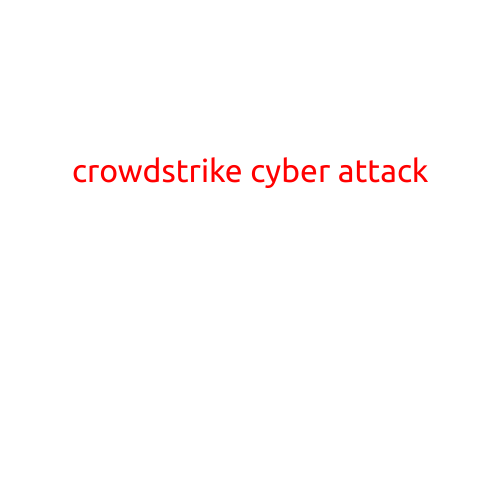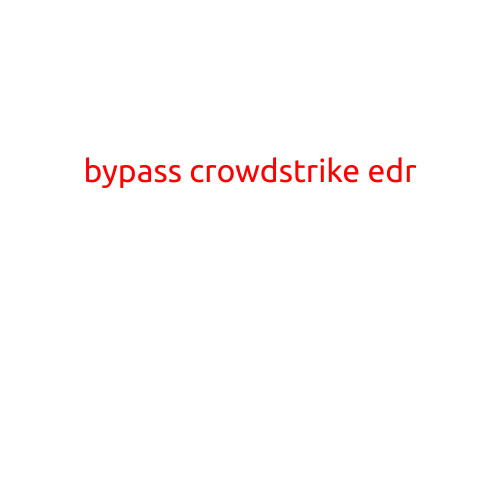
CrowdStrike Cyber Attack: A Wake-Up Call for Corporate Security
In June 2016, the world witnessed a shocking cyber attack on the Democratic National Committee (DNC), which was carried out by Russian hackers. The attack, attributed to Russian intelligence agencies, was highly sophisticated and left the international community scrambling to understand the motives and implications.
However, what made this attack particularly significant was the role played by CrowdStrike, a cybersecurity firm, in uncovering the breach. CrowdStrike’s expertise in investigating and mitigating cyber attacks has become a benchmark for corporate security. In this article, we will delve into the CrowdStrike cyber attack, its causes, and the lessons learned from this monumental event.
The Attack: Unpacking the Ins and Outs
The DNC hack, also known as “GhostWriter,” was a carefully planned and executed attack that targeted the email accounts of various senior officials. The hackers, using a sophisticated malware called “X-Agent,” were able to access sensitive information, including internal communications, financial records, and even credit card numbers.
What made this attack particularly challenging was the use of spear-phishing emails, which were designed to mimic legitimate correspondence from known sources. Once the emails were opened, the malware took control of the victim’s device, allowing the hackers to mine sensitive data.
CrowdStrike’s Role: A Hero’s Journey
When the attack was first discovered, the DNC initially hired Cybereason, a rival cybersecurity firm, to investigate the breach. However, Cybereason’s inability to identify the Russian connection led the DNC to seek out alternative expertise.
Enter CrowdStrike, a relatively new player in the cybersecurity landscape. With its cutting-edge forensic tools and expert analysis, CrowdStrike was able to quickly identify the scope and scale of the attack. Using its XDR (Extended Detection and Response) platform, CrowdStrike was able to isolate the malware, map the attack chain, and identify the Russian link.
The Consequences
The implications of the CrowdStrike cyber attack were far-reaching. For one, it highlighted the sophistication and determination of state-sponsored cyber attacks. The incident also raised questions about the preparedness of political organizations to protect themselves against cyber threats.
More broadly, the attack underscored the importance of cybersecurity in today’s digital age. As more organizations rely on technology to store and transmit sensitive information, the need for robust security measures becomes increasingly crucial.
Lessons Learned
The CrowdStrike cyber attack has taught us several valuable lessons:
- Enhanced threat intelligence: The attack emphasizes the need for organizations to stay ahead of the threats by leveraging real-time threat intelligence and advanced analytics.
- Improved incident response: The incident highlights the importance of having a well-rehearsed incident response plan in place to minimize the impact of a cyber attack.
- Cybersecurity is a shared responsibility: The attack demonstrates that cybersecurity is not solely the responsibility of the organization. It requires collaboration between government agencies, private sector companies, and individuals.
Conclusion
The CrowdStrike cyber attack serves as a wake-up call for corporate security. It underscores the importance of investing in robust cybersecurity measures, threat intelligence, and incident response planning. As the threat landscape continues to evolve, it is essential for organizations to stay vigilant and adapt to the changing cybersecurity landscape.
In conclusion, the CrowdStrike cyber attack is a testament to the power of cybersecurity expertise in containing and mitigating the impact of a massive cyber attack. As we move forward, it is crucial that we learn from this incident and continue to prioritize cybersecurity in our daily lives.





